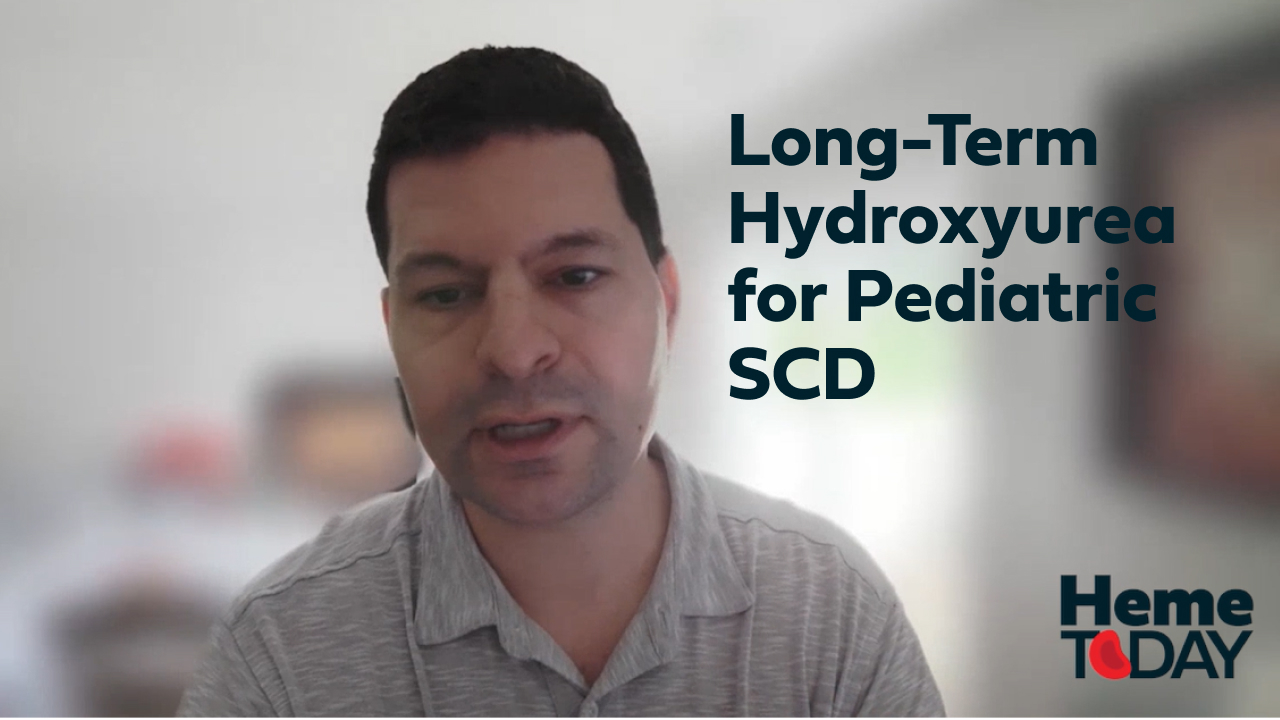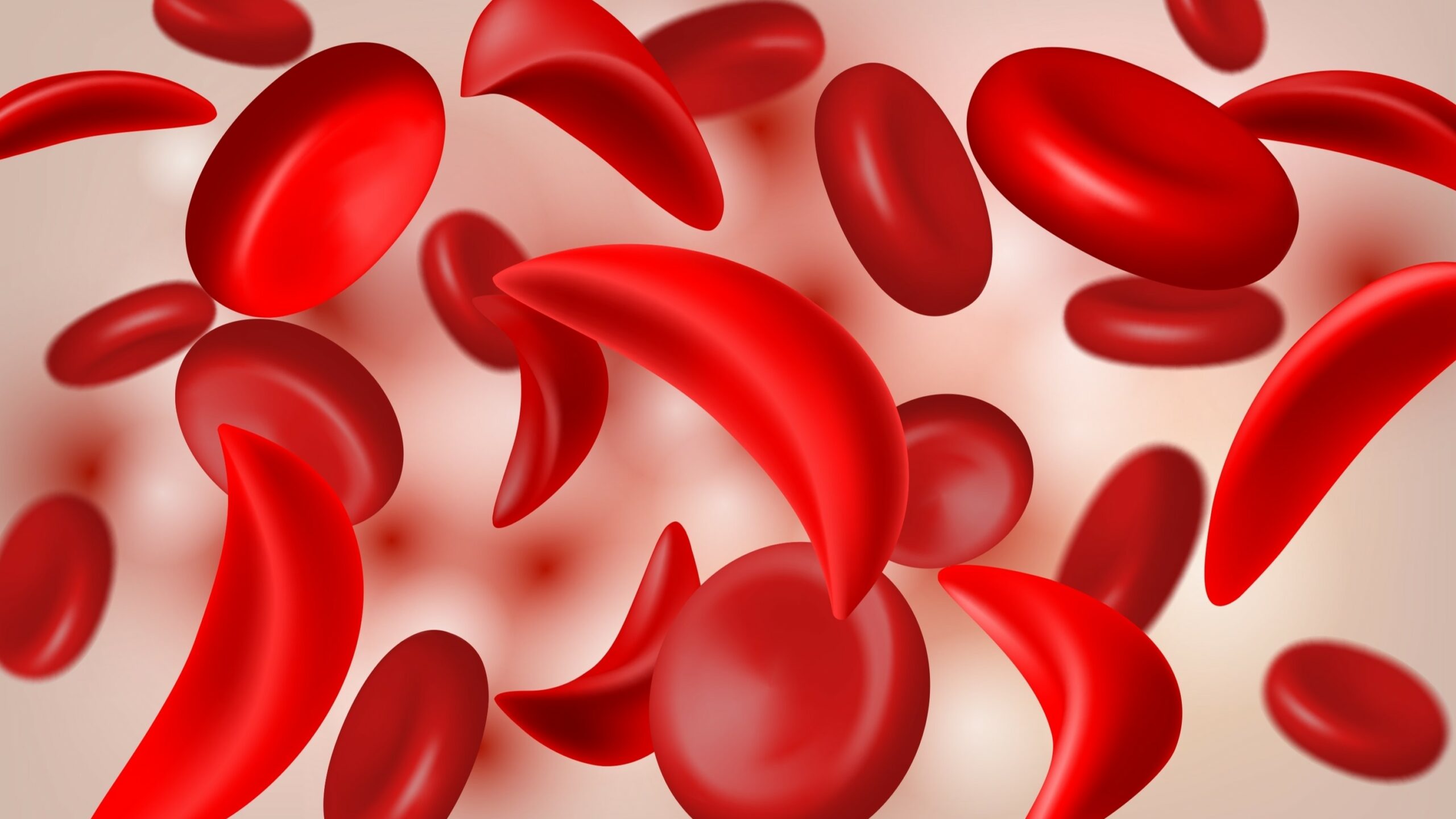
A recent review article examines current clinical knowledge regarding the degree to which inflammation targets and immune cells can serve as biomarkers in sickle cell disease (SCD). The review authors, who published their article in HemaSphere, stress there is currently a need for such biomarkers and also assess the utility of anti-inflammatory therapies being investigated for SCD.
“[T]he discovery of novel biomarkers could enhance our knowledge on inflammatory pathways which, in turn, might allow for the development of novel drugs and therapies targeting specific elements of these pathways,” wrote lead author Karina Tozatto-Maio, MD, PhD, of the Education and Research Institute of the Hospital Israelita Albert Einstein, São Paulo, Brazil.
Inflammation is confirmed to be a major feature of SCD pathobiology, with close connections to hemolysis, endothelial activation, and vaso-occlusion that occur in this disease. However, the inflammation mechanisms within SCD remain poorly understood, and it is unclear whether the clinical heterogeneity of SCD and complications seen in the disease are based in inflammation.
“Although the genetic and functional role of inflammation in SCD complications has been reported, studies using other designs are warranted to better establish the causal effect of some inflammatory pathways in these settings,” wrote Dr. Tozatto-Maio.
The authors describe how hemolysis and vaso-occlusion occur within SCD, the complex interactions these processes have with inflammation, and their involvement of particular immune cells. The authors cite clinical investigations’ findings regarding the role of lymphocytes, macrophages, monocytes, neutrophils, and platelets within inflammatory processes in SCD, as well as of the complement pathway and pro-resolving mediators.
Patients with SCD have increased levels of inflammatory markers and leukocytes, and clinicians have observed certain clinically useful associations between these markers and outcomes. For example, leukocyte rolling and adhesion contribute to vaso-occlusion, and neutrophilia is associated with a greater risk of serious complications and death.
“The growing understanding of the influence of inflammatory pathways on the pathophysiology of SCD opens the possibility for various markers of these pathways to be therapeutic targets,” explained Dr. Tozatto-Maio.
Nevertheless, clinically useful inflammation-based biomarkers, which clinicians can use to determine prognoses for disease and predict complications remain unavailable. Such biomarkers are also needed as a way to predict, and then to objectively measure, the effectiveness of particular management approaches such as inflammation-targeting therapies.
“Unveiling inflammatory biomarkers might not only pave the way for new drugs but also help improve the design of clinical trials, as they could be used as measurable endpoints,” Dr. Tozatto-Maio elaborated.
Among treatments for SCD that act on inflammatory pathways, hydroxyurea is indicated by the authors as the current gold standard. The authors name and cite several other agents currently in clinical trials with varied mechanisms of action, such as N-acetylcysteine, L-citrulline, propranolol, voxelotor, and crizanlizumab.
Despite recent advances through clinical research in understanding of the place of inflammation within SCD pathobiology, outcomes, and complications, most efficacy results of trials of inflammation pathway-targeting agents have been lukewarm. Dr. Tozatto-Maio mentioned among the difficulties that “the interactions between inflammatory pathways that drive these complications in the human body are very complex and not always reproducible.”
Other obstacles the authors mentioned to the development of anti-inflammation-based SCD therapies include high treatment costs of novel therapies and how certain drugs carry risk of life-threatening side effects. For any upcoming clinical trials of SCD agents, the authors highlighted a need to conduct these trials in Africa, India, and South America. This is in order to evaluate these agents in cohorts most representative of the patient populations most affected by SCD and who would most benefit from such new treatments.
Reference
Tozatto-Maio K, Rós FA, Weinlich R, Rocha V. Inflammatory pathways and anti-inflammatory therapies in sickle cell disease. Hemasphere. 2024;8(12):e70032. doi:10.1002/hem3.70032







 © 2025 Mashup Media, LLC, a Formedics Property. All Rights Reserved.
© 2025 Mashup Media, LLC, a Formedics Property. All Rights Reserved.